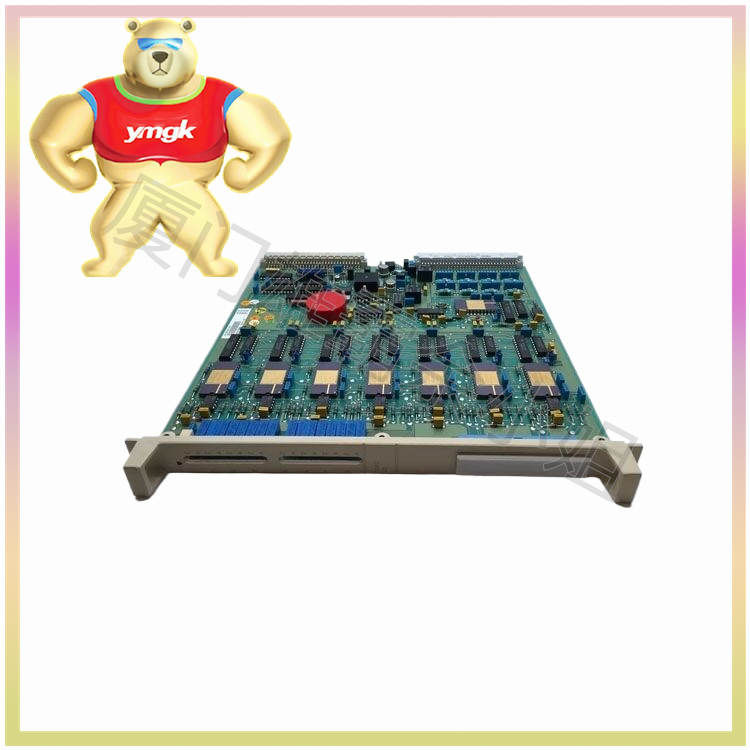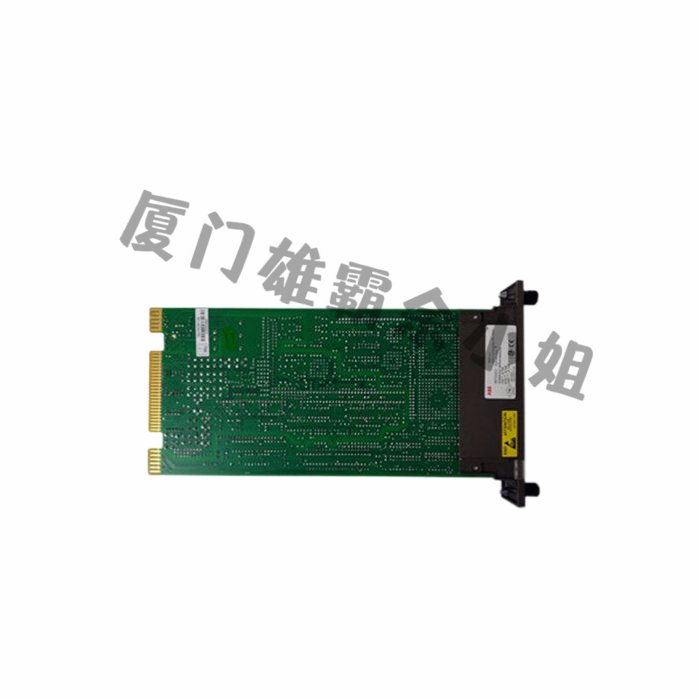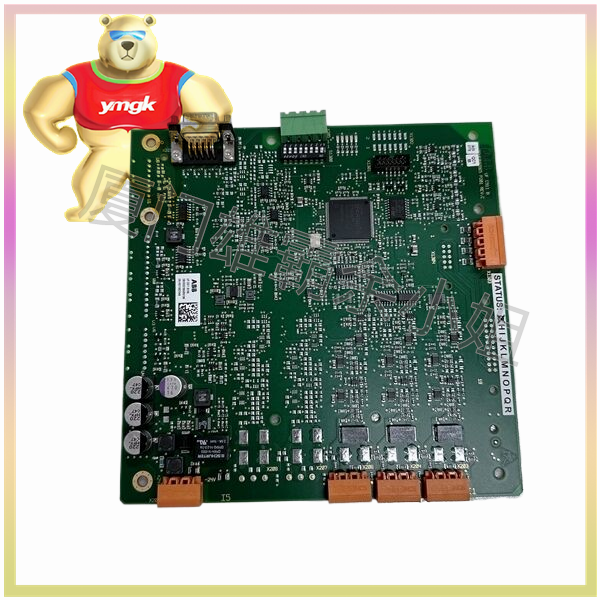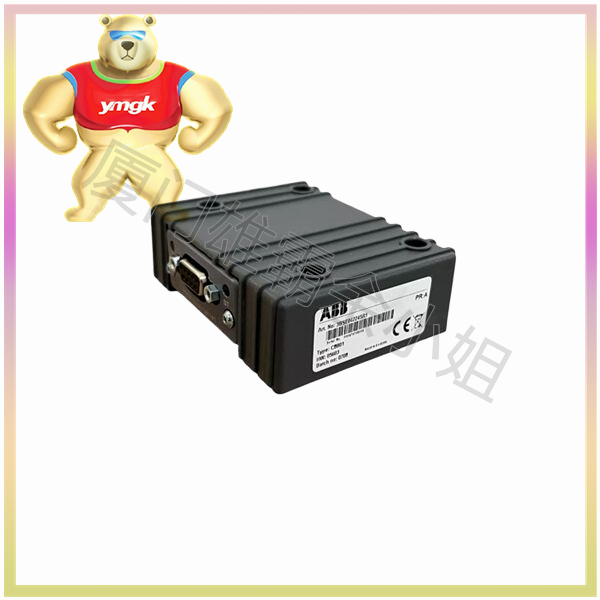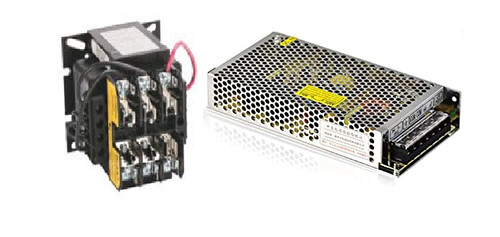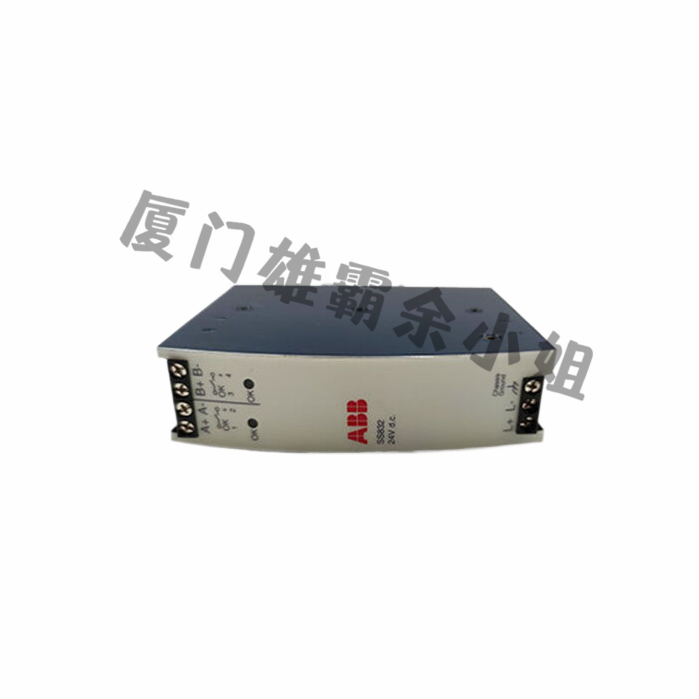The switch output module is an important component of the automation control system, which is responsible for converting control signals into switch signals to drive various actuators. According to their different functions, structures, and application scenarios, switch output modules can be divided into various types. The following is an introduction to the types of switch output modules:
Relay output module
The relay output module is one of the most commonly used switch output modules, which controls external devices through the attraction and release of relays. The relay output module has the following characteristics:
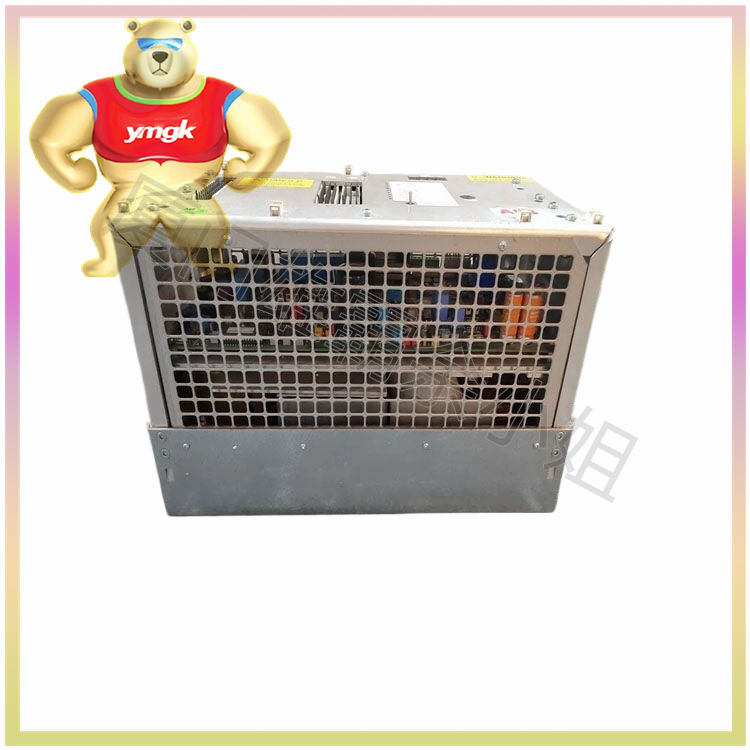
High reliability: The contacts of the relay have a high electrical lifespan, up to millions of times.
Strong anti-interference ability: The contacts of the relay can effectively isolate the interference between the control signal and the load during the process of attraction and release.
Wide applicability: The relay output module can control various types of loads, such as resistive loads, inductive loads, and capacitive loads.
According to the type of relay, relay output modules can be divided into the following categories:
Single pole single throw relay output module: with one normally open contact and one normally closed contact, suitable for simple switch control.
Single pole double throw relay output module: with one common contact, one normally open contact, and one normally closed contact, it can achieve more complex control logic.
Bipolar double throw relay output module: It has two independent single pole double throw relays, which can achieve more complex control logic.
Transistor output module
The transistor output module is a semiconductor switching device that controls external devices by controlling the conduction and cutoff of transistors. The transistor output module has the following characteristics:
Fast response speed: Transistors have much faster switching speeds than relays, making them suitable for high-speed control applications.
Low power consumption: Transistors have low on resistance, high on current, and low power consumption.
Small size and light weight: Transistors are much smaller in size and weight than relays, making them easier to integrate and install.
According to the type of transistor, transistor output modules can be divided into the following categories:
NPN transistor output module: suitable for controlling positive power loads, such as LED lights, relay coils, etc.
PNP transistor output module: suitable for controlling negative power loads, such as solenoid valves, DC motors, etc.
Bidirectional thyristor output module
A bidirectional thyristor output module is a semiconductor device that can control AC loads. The bidirectional thyristor output module has the following characteristics:
Good controllability: Bidirectional thyristors can achieve precise control of loads under the drive of control signals.
Wide applicability: The bidirectional thyristor output module can control various types of AC loads, such as lighting, air conditioning, motors, etc.
According to the type of bidirectional thyristor, bidirectional thyristor output modules can be divided into the following categories:
Unidirectional thyristor output module: can only control forward current, suitable for controlling unidirectional loads.
Bidirectional thyristor output module: can control forward and reverse currents, suitable for controlling bidirectional loads.
Solid state relay output module
Solid state relay output module is a contactless switching device that controls the load through semiconductor devices. The solid-state relay output module has the following characteristics:
Contactless: Solid state relays have no mechanical contacts, eliminating issues of wear and poor contact, and have high reliability.
Fast response speed: Solid state relays have much faster switching speeds than relays, making them suitable for high-speed control applications.
Strong anti-interference ability: Solid state relays have good anti-interference ability and are suitable for complex electromagnetic environments.
According to the type of solid-state relay, solid-state relay output modules can be divided into the following categories:
DC Solid State Relay Output Module: Suitable for controlling DC loads such as LED lights, relay coils, etc.
AC Solid State Relay Output Module: Suitable for controlling AC loads such as lighting, air conditioning, motors, etc.
Optocoupler output module
Optocoupler output module is a switching device that uses the principle of optoelectronic isolation to isolate control signals from loads. The optocoupler output module has the following characteristics:
High isolation voltage: The optocoupler output module can achieve high voltage isolation, improving the safety of the system.
Strong anti-interference ability: The optocoupler output module has good anti-interference ability and is suitable for complex electromagnetic environments.
Low power consumption: The optocoupler output module has low power consumption and is suitable for low-power applications.
According to the type of optocoupler, optocoupler output modules can be divided into the following categories:
Linear optocoupler output module: suitable for analog signal transmission and control.
Switch optocoupler output module: suitable for digital signal transmission and control.
Power module
A power module is a module that integrates multiple switching devices and can control high-power loads. The power module has the following characteristics:
High integration: The power module integrates multiple switching devices, reducing external connections and wiring, and improving system reliability.
Good heat dissipation: The power module has good heat dissipation performance and can withstand long-term operation under high-power loads.
Widely applicable: Power modules can be used for controlling various high-power loads, such as motor drives, power management, etc.

